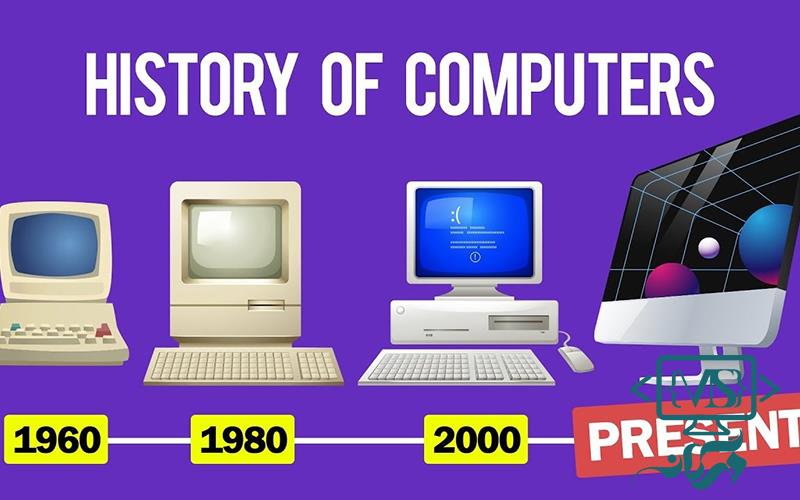
Evolution of Computer Systems, From Abacuses to AI
Since its inception, the world of computer systems has witnessed remarkable evolution, transforming from simple calculation devices to complex and intelligent machines. The evolution of computer systems has not only revolutionized the way we work and live but has also paved the way for advancements in various fields such as science, engineering, healthcare, and communication. In this article, we will dive into the captivating journey of computer systems, exploring their key milestones and the impact they have had on society.
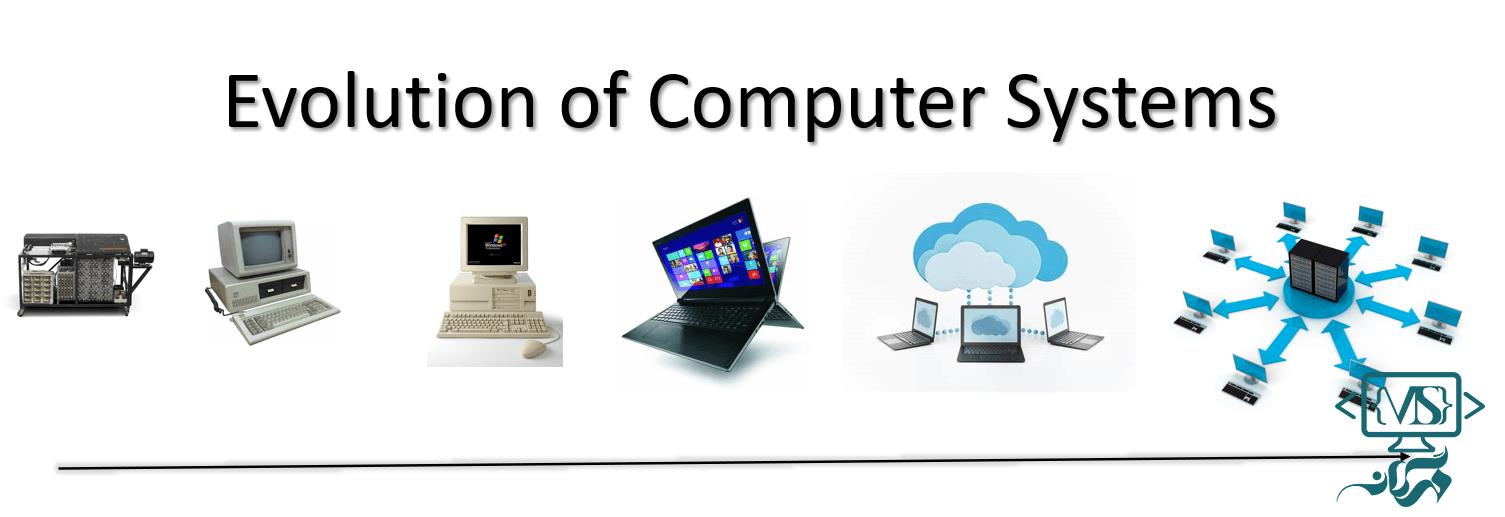
The journey of computer systems dates back thousands of years, beginning with early human inventions such as the abacus. Used by ancient civilizations to perform basic arithmetic calculations, the abacus laid the foundation for more advanced computational tools. Fast forward to the 17th century, the mechanical calculator emerged, which took advantage of gears, levers, and other mechanical components to automate mathematical calculations. It was a significant leap towards the development of more sophisticated computer systems.
The true revolution, however, started in the mid-20th century with the advent of electronic computers. These early computers relied on vacuum tubes, a precursor to transistors, to process and store data. The first of its kind, ENIAC (Electronic Numerical Integrator and Computer), was developed during World War II to calculate artillery firing tables. With its massive size and limited capabilities, it marked the beginning of electronic computing.
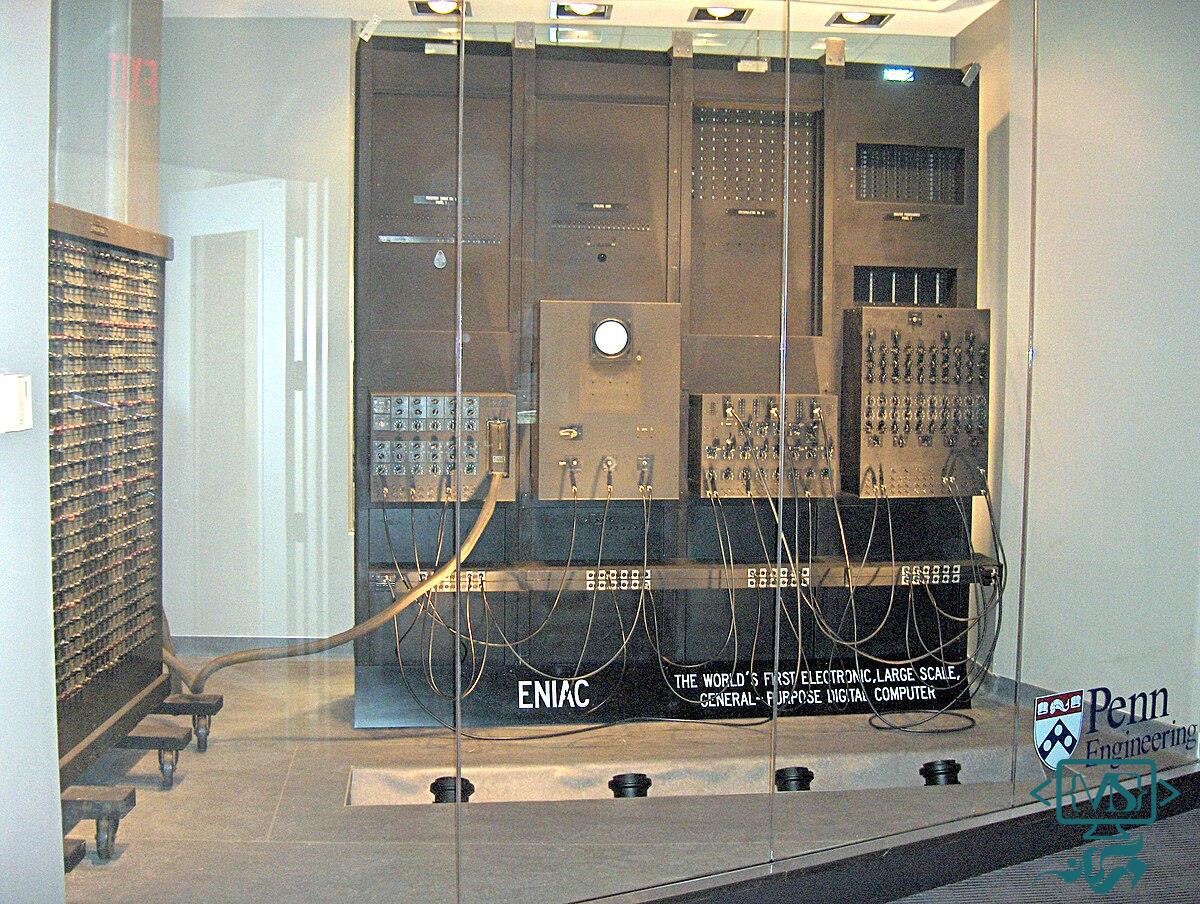
The next significant milestone came with the invention of the transistor in 1947. Its small size, low power consumption, and high reliability paved the way for the development of smaller and faster computers. This development sparked the era of the second generation of computers, where transistors replaced vacuum tubes. Machines such as IBM 1401 and UNIVAC 1107 became instrumental in scientific research, business operations, and government use.
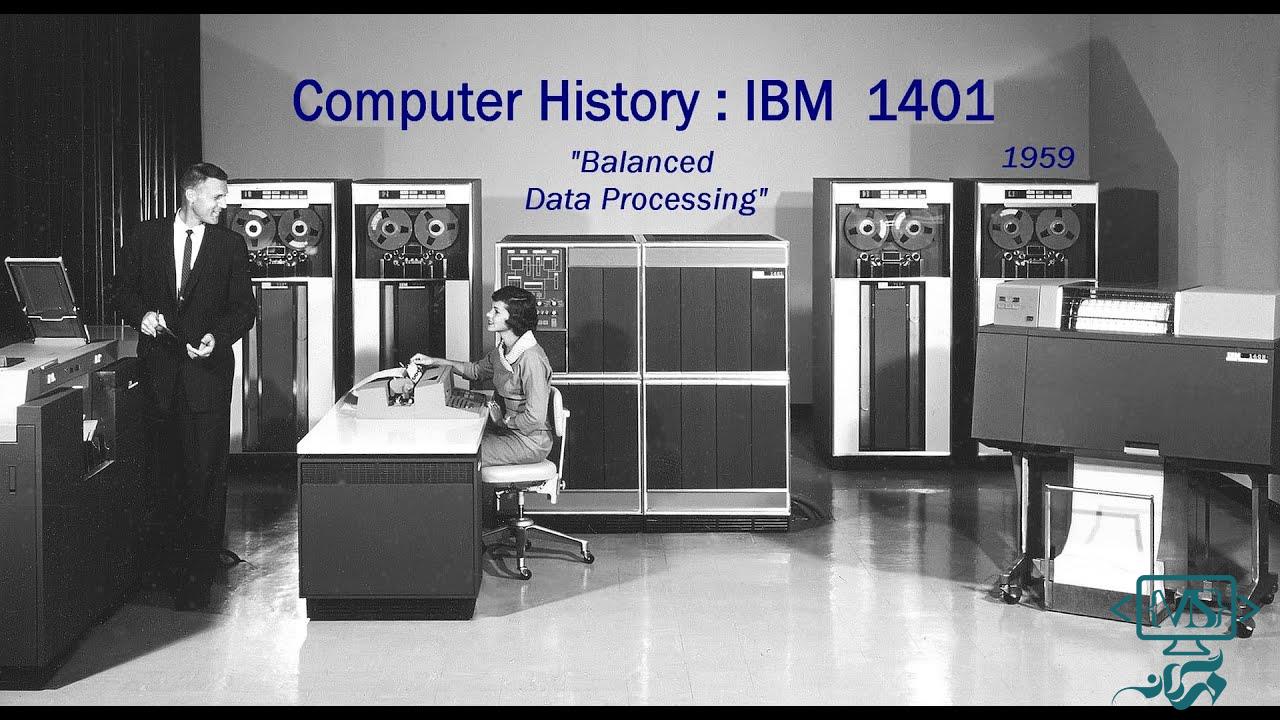
The evolution did not stop there. The third generation of computers emerged in the 1960s when integrated circuits replaced individual transistors. These circuits, or microchips, allowed for even greater miniaturization and increased computational power. The introduction of the microprocessor in the early 1970s further revolutionized the field by integrating multiple functions onto a single chip. This breakthrough made personal computers (PCs) possible and eventually led to the birth of the fourth generation of computers.
With the advent of PCs, computers became smaller, more affordable, and more accessible to the general public. The graphical user interface (GUI) introduced by Apple Macintosh and Microsoft Windows made interacting with computers easier and more intuitive. The fourth generation also saw advancements in networking, leading to the creation of the Internet. The World Wide Web then connected the world like never before, opening up a new era of communication, information sharing, and collaboration.
Today, we find ourselves in the era of the fifth generation of computers, characterized by incredible advancements in artificial intelligence (AI) and machine learning. AI technologies are now being integrated into various computer systems, enabling them to perform complex tasks, recognize patterns, and make decisions based on data and algorithms. Whether it's voice assistants, autonomous vehicles, or smart home devices, AI has transformed how we interact with technology.
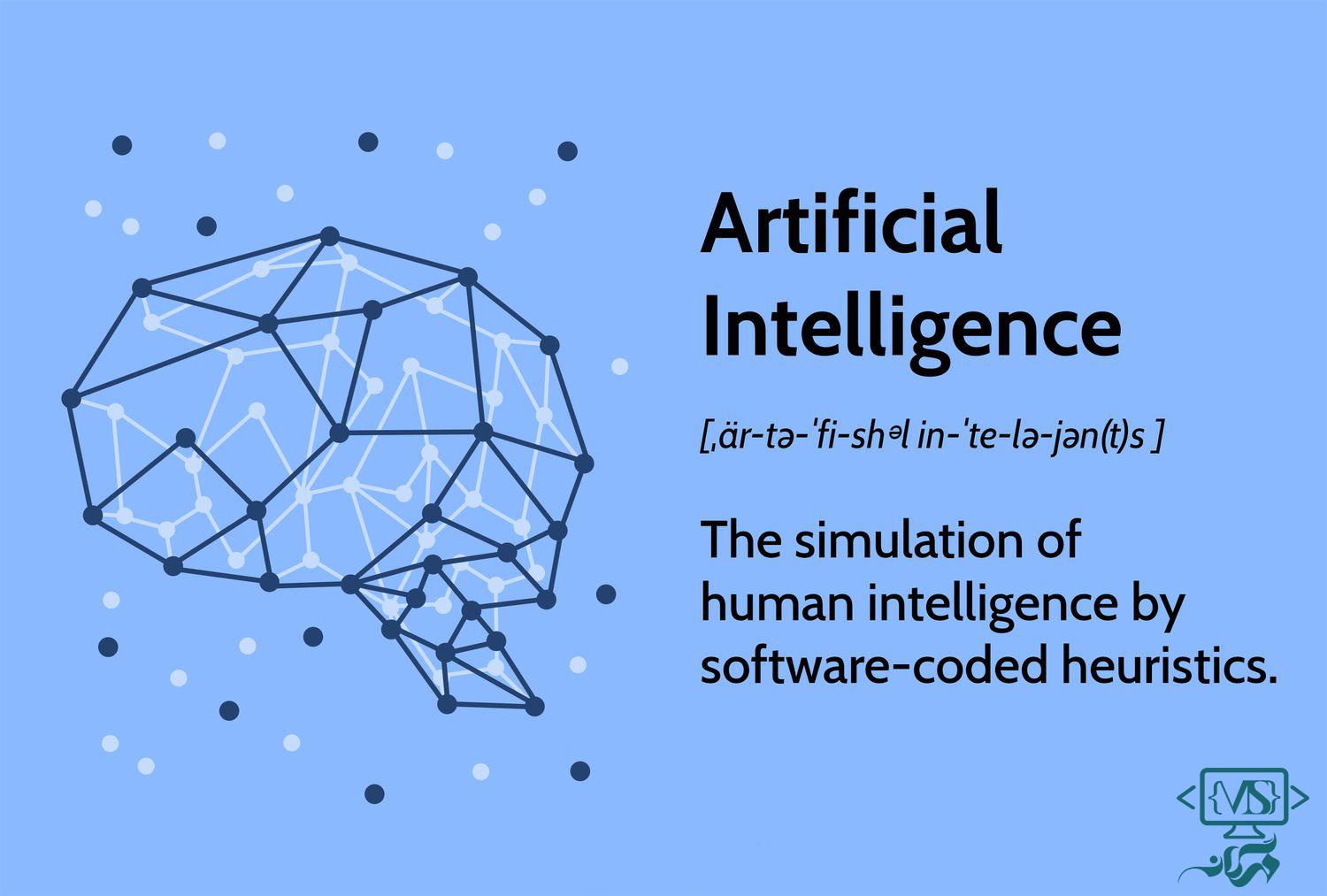
As we look into the future, quantum computers hold immense promise. These machines leverage the principles of quantum mechanics to perform calculations exponentially faster than traditional computers. While still in their infancy, quantum computers have the potential to revolutionize fields such as cryptography, optimization, and drug discovery.
The evolution of computer systems has come a long way, from the abacus to the realm of quantum computing. Each generation has built upon the foundations of the previous one, exponentially increasing computational power and capabilities. As computer systems continue to evolve, we can expect more intelligent, efficient, and interconnected technologies that will shape the course of human progress.
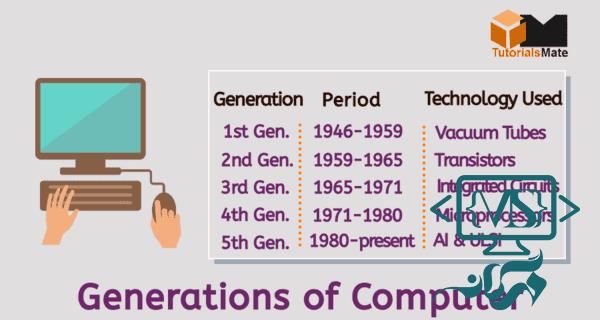
In conclusion, the evolution of computer systems is a testament to the human drive for innovation and the relentless pursuit of technological advancement. From humble beginnings as simple counting devices to complex machines that can mimic human intelligence, computer systems have become an integral part of our lives. They have transformed the way we work, learn, communicate, and solve problems. As we embrace the possibilities of the future, the evolution of computer systems will undoubtedly continue, bringing forth new opportunities, challenges, and impacts on society.
Evolution of computer systems and its impact on society
Computer systems have undergone remarkable changes since their inception in the mid-20th century. From the early days of vacuum tubes and punch cards to the modern era of smartphones and cloud computing, computer systems have evolved to meet the needs and challenges of different applications and users. Here are some of the key milestones and trends in the evolution of computer systems, and how they have impacted society in various ways.
The first generation: Vacuum tubes and machine code
The first generation of computer systems emerged in the 1940s and 1950s, and were based on vacuum tubes, which are electronic devices that can amplify and switch electrical signals. Vacuum tubes were used to build logic circuits, which are the basic building blocks of computation. The first generation of computers were very large, expensive, and power-hungry, and could only perform simple calculations using machine code, which is a low-level language that directly instructs the hardware. Some examples of first-generation computers are ENIAC, EDVAC, UNIVAC, and IBM 701.
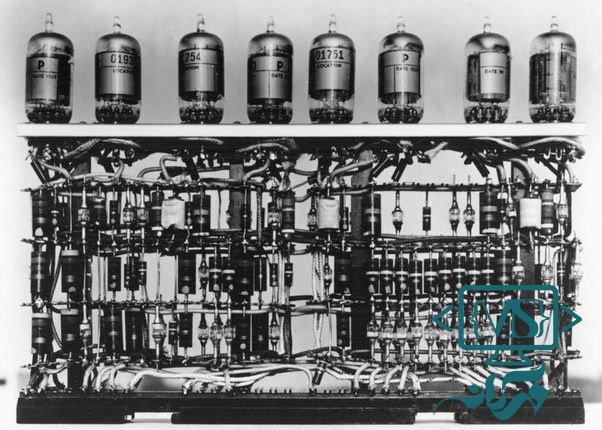
The first generation of computers had a significant impact on scientific research, military operations, and business administration. They enabled scientists to perform complex calculations faster and more accurately, such as solving differential equations, simulating nuclear reactions, and breaking encryption codes. They also helped the military to plan and execute strategies, such as designing weapons, controlling missiles, and coordinating logistics. They also improved the efficiency and productivity of businesses, such as processing payroll, managing inventory, and forecasting sales.
The second generation: Transistors and assembly language
The second generation of computer systems emerged in the late 1950s and 1960s, and were based on transistors, which are semiconductor devices that can switch and amplify electrical signals. Transistors were much smaller, cheaper, faster, and more reliable than vacuum tubes, and enabled the development of more complex and powerful computers. The second generation of computers also introduced assembly language, which is a low-level language that uses symbolic names for machine code instructions. Assembly language made programming easier and more efficient, but still required a lot of technical knowledge and manual labor. Some examples of second-generation computers are IBM 7090, DEC PDP-1, CDC 6600, and IBM System/360.
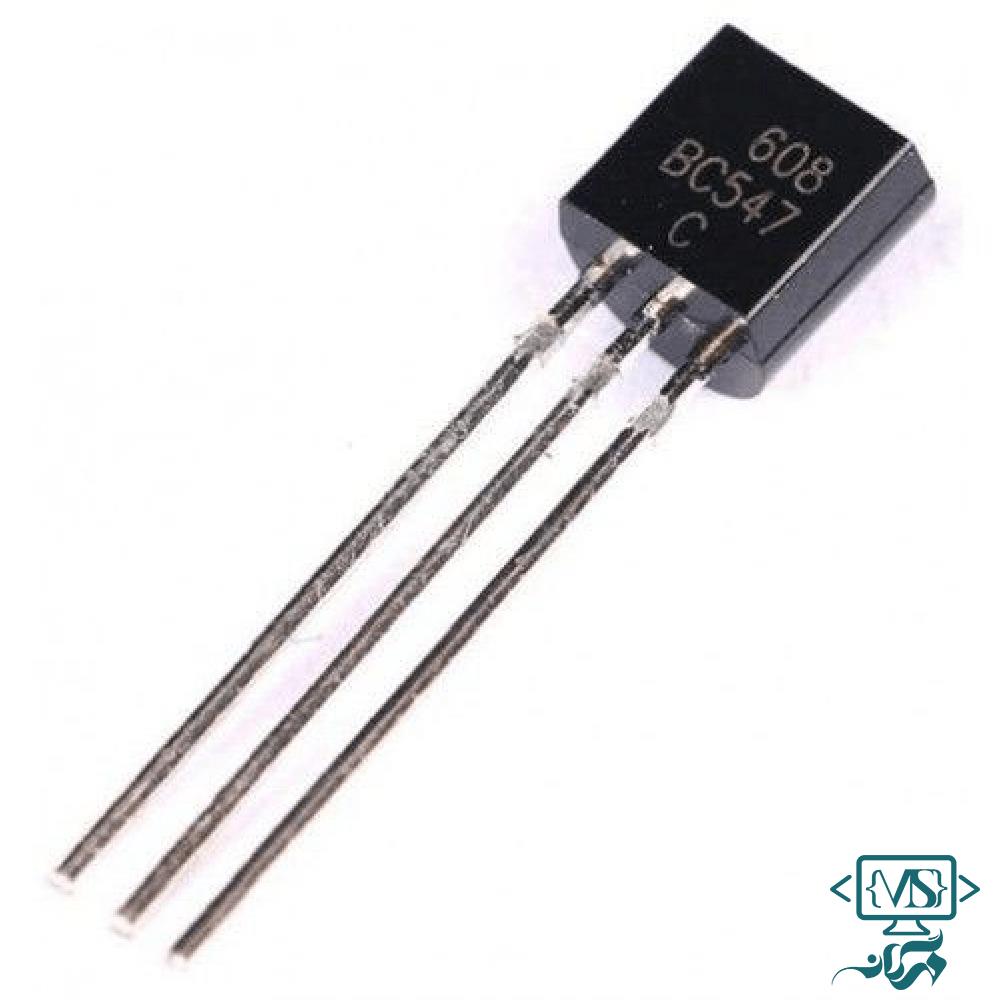
The second generation of computers had a profound Impact on education, entertainment, and social movements. They enabled educators to create interactive learning environments, such as using computers for instruction, testing, and simulation. They also enabled entertainers to create new forms of art and media, such as using computers for music composition, animation, and gaming. They also enabled social activists to organize and communicate more effectively, such as using computers for data analysis, information dissemination, and networking.
The third generation: Integrated circuits and high-level languages
The third generation of computer systems emerged in the late 1960s and 1970s and were based on integrated circuits which are electronic devices that contain thousands or millions of transistors on a single chip Integrated circuits reduced the size cost and power consumption of computers and increased their speed and performance The third generation of computers also introduced high-level languages which are programming languages that use natural or mathematical notation to express algorithms High-level languages made programming more accessible and productive and allowed programmers to focus on the logic and design
of their programs rather than the details of the hardware Some examples of third-generation computers are IBM System/370, DEC PDP-11,
Intel 4004 and Apple II.

The third generation of computers had a tremendous impact on industry commerce and government They enabled industries to automate and optimize their processes such as using computers for manufacturing engineering and quality control They also enabled commerce to expand and diversify their markets such as using computers for e-commerce banking and advertising They also enabled government to improve their services and governance such as using computers for census taxation and voting.
The fourth generation: Microprocessors and personal computers
The fourth generation of computing, which spans from the 1970s to the present day, is characterized by the emergence of microprocessors and personal computers.
Microprocessors are integrated circuits that contain all the functions of a central processing unit (CPU) on a single chip. They enable computers to become smaller, faster, cheaper and more energy efficient. The first commercially available microprocessor was the Intel 4004, introduced in 1971. It was designed for a calculator, but soon found applications in other devices such as printers, terminals and video games.
Personal computers are computers that are intended for individual use, as opposed to mainframes or minicomputers that are shared by multiple users. They typically consist of a microprocessor, a keyboard, a monitor, a mouse and a storage device. The first personal computer widely recognized as such was the Altair 8800, launched in 1975. It was sold as a kit that hobbyists had to assemble themselves. It had no keyboard or monitor and used switches and lights for input and output.
The development of microprocessors and personal computers sparked a revolution in computing, as they made computing more accessible, affordable and versatile for millions of people around the world. They also enabled the creation of new software applications, such as word processors, spreadsheets, databases, graphics, games and the internet. The fourth generation of computing is still ongoing, as microprocessors and personal computers continue to evolve and improve in performance, functionality and design.
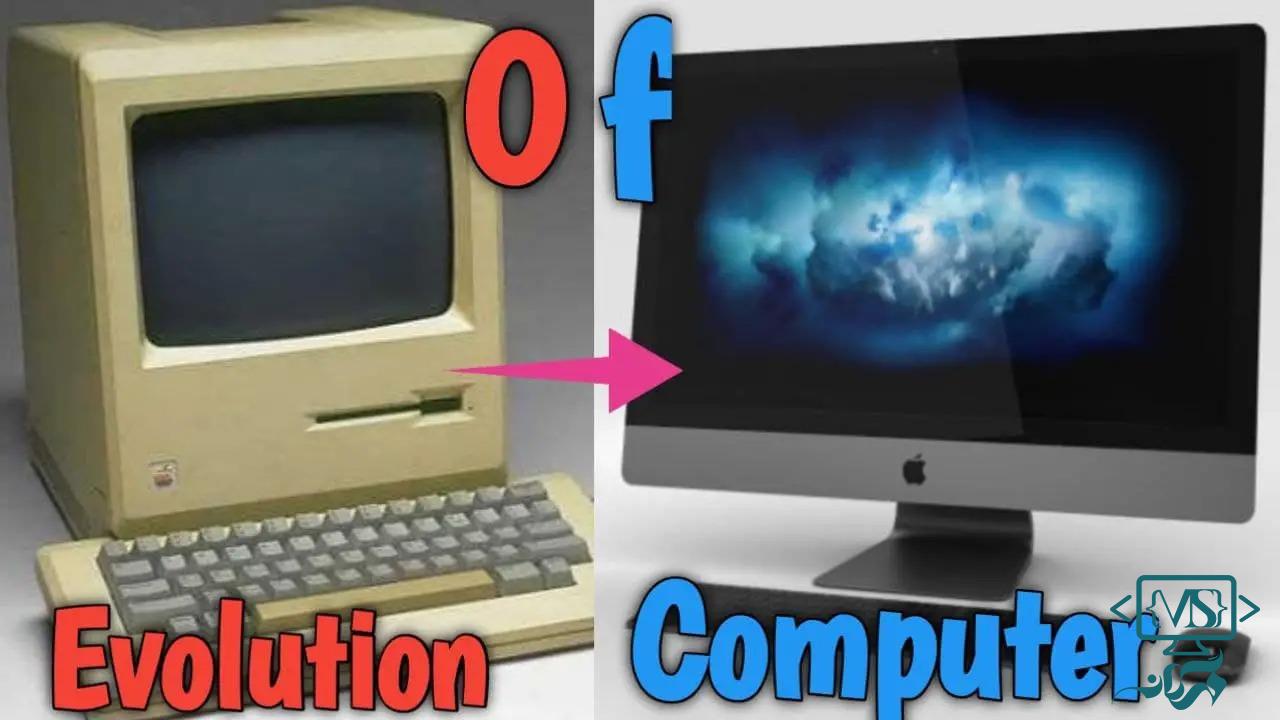
Leave a comments